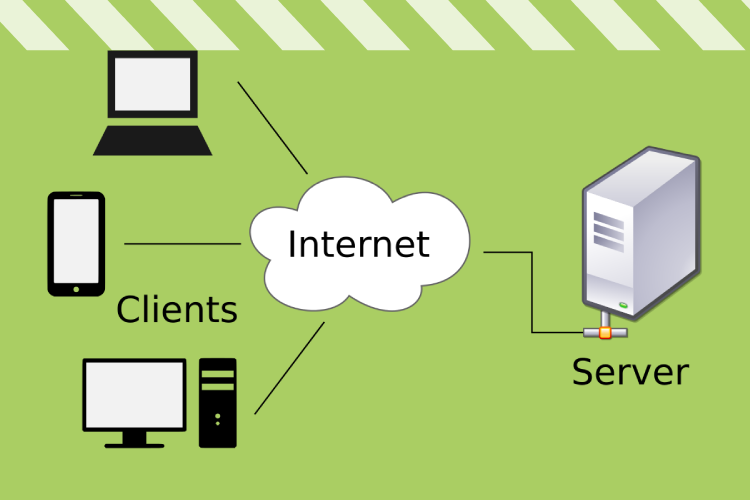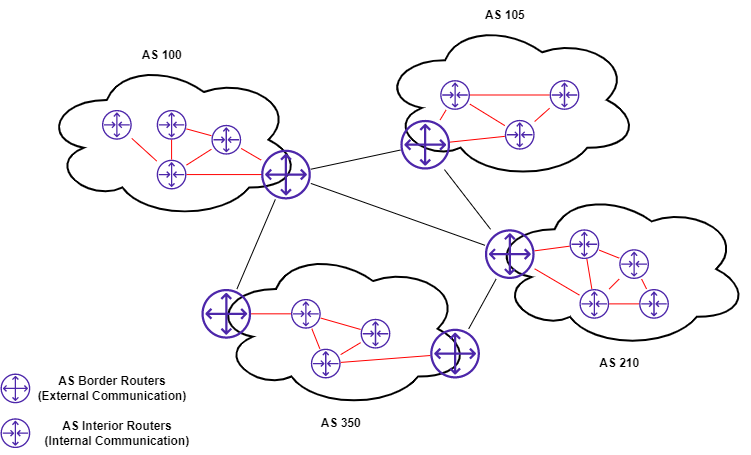Have you ever wondered how your computer seamlessly connects to the vast realm of the internet? Or how your smartphone sends and receives data without a hitch? The magic behind this digital symphony is something we often take for granted but plays a crucial role in our everyday lives – networking protocols.
Understanding the Basics: What Exactly is a Protocol?
In the simplest terms, a protocol in networking is like a set of rules or guidelines that devices follow to communicate with each other. Imagine it as the etiquette of the digital world, ensuring a smooth and efficient exchange of information.
The Language of Protocols: Breaking Down the Bits and Bytes
Just like humans communicate in languages, devices use protocols to speak with each other. These protocols determine how data is formatted, transmitted, and received. It’s like having a common language that allows different devices to understand each other, regardless of their unique features.
The Role of Protocols in Establishing Connections
Building Bridges: The Handshake Protocol
When your device connects to the internet, it doesn’t just barge in. It initiates a polite digital handshake using protocols. This process ensures that both your device and the network are on the same page before any meaningful communication begins.
Navigating the Digital Highway: Routing Protocols
Ever wondered how data finds its way through the vast network of the internet? Routing protocols act as the virtual GPS, guiding data packets through the most efficient paths, ensuring a swift and secure journey.
Protocols in Action: Real-World Examples
HTTP/HTTPS: The Web’s Backbone
As you read this, your browser is using the HTTP or HTTPS protocol to fetch and display this webpage. These protocols govern how web browsers and servers communicate, ensuring the secure delivery of content.
Emailing Etiquette: SMTP and POP
Sending and receiving emails involve protocols like SMTP (Simple Mail Transfer Protocol) and POP (Post Office Protocol). These protocols dictate how emails are sent, received, and stored, ensuring your messages reach their intended destination.
The Importance of Protocols in Network Security
Guardians of the Gateway: Firewall Protocols
In an era where cyber threats loom large, protocols play a pivotal role in safeguarding our digital spaces. Firewall protocols act as vigilant gatekeepers, monitoring and controlling incoming and outgoing network traffic to protect against unauthorized access.
Encryption Protocols: Securing the Digital Lock
Ever wondered how your sensitive information stays private during online transactions? Encryption protocols encode data, turning it into an unreadable format for anyone without the proper decryption key, ensuring your digital transactions remain confidential.
Evolution of Protocols: Embracing the Future
5G and Beyond: The Next Protocol Frontier
As technology evolves, so do networking protocols. The transition to 5G introduces a new era of faster, more reliable communication. These protocols pave the way for innovations like augmented reality, smart cities, and the Internet of Things (IoT).
The Future Protocol Landscape: What Lies Ahead?
From the Internet Protocol version 6 (IPv6) to emerging protocols like QUIC (Quick UDP Internet Connections), the future holds exciting developments that promise faster, more secure, and efficient networking.
Conclusion: Navigating the Digital Tapestry with Protocols
In a world driven by connectivity, understanding the role of protocols in networking is like holding a map to the digital universe. These invisible threads weave through our devices, ensuring seamless communication and shaping the future of our interconnected world.
FAQs: Unraveling the Mysteries of Networking Protocols
- What are the most common networking protocols?
- The most common protocols include TCP/IP, HTTP/HTTPS, SMTP, and POP.
- How do protocols ensure data security?
- Encryption protocols encode data, making it unreadable without the proper decryption key, ensuring secure communication.
- Why is IPv6 replacing IPv4?
- IPv6 offers a larger address space, addressing the limitations of IPv4 and supporting the growing number of devices connected to the internet.
- What role do protocols play in 5G technology?
- 5G introduces new protocols for faster and more reliable communication, paving the way for innovations like IoT and augmented reality.
- Can different devices communicate using different protocols?
- For communication to occur, devices must speak the same protocol. However, gateways and routers can translate between different protocols, enabling interoperability.
Explore the fascinating world of networking protocols, where the invisible language of digital communication unfolds, connecting us all in the vast tapestry of the internet.




[…] testing to ensure that monitoring tools are compatible with the diverse range of IoT devices and communication protocols in use. This prevents gaps in monitoring […]